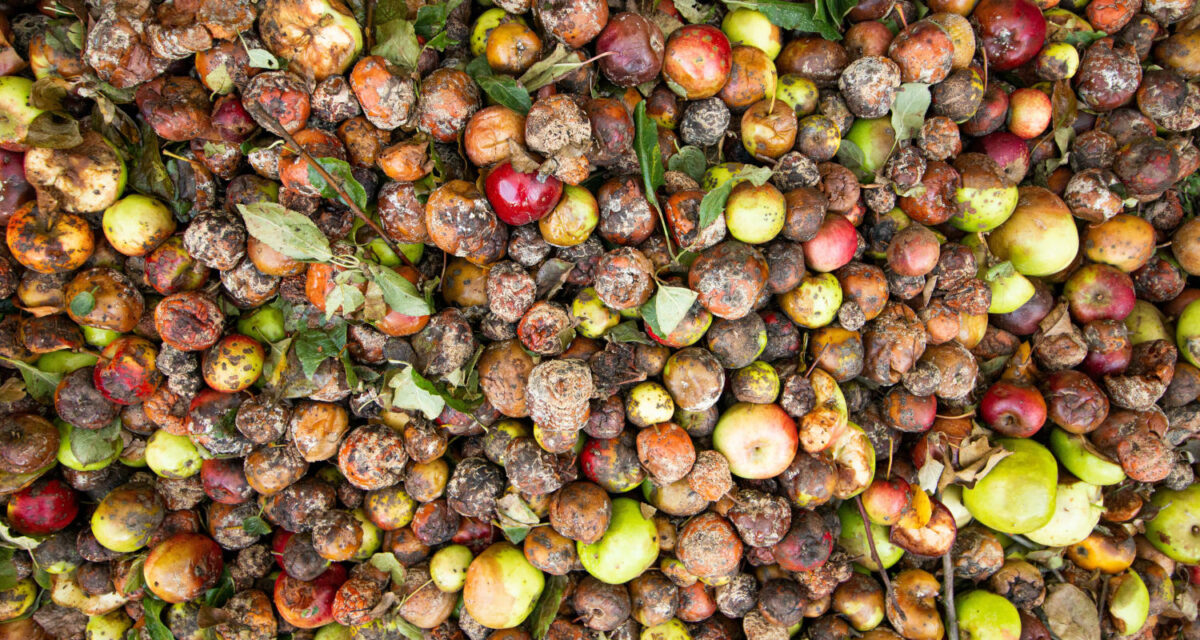FREEZELINK BLOG
AGRIC & PHARMACEUTICAL COLD CHAIN INSTITUTE
Minimizing Post-Harvest Losses with Clean Energy Cold Chain

Introduction
Post-harvest losses are the decrease in quantity and quality of crops that occur between harvesting and consumption. Inadequate food logistics plays a pivotal role in accounting for this phenomenon. In this article, we explore how a clean energy cold chain is critical to minimizing post-harvest losses while unleashing dividends for health, wealth, and climate.
Scale: It is bigger than you think

By 2050, nearly a quarter of the world’s population—about 2.5 billion people—will live in Africa. This demographic shift presents both opportunities and challenges. On the one hand, Africa – with the most amount of arable land in the world – has the potential to be food self-sufficient, if not a breadbasket for the world. On the other hand, 33% of food produced is lost after harvest. (WFP, 2020) The impact of this is mind-boggling:
1. Health Challenges:
According to the UN’s Food and Agriculture Organization (UNFAO), In Africa, 45% of fruits & vegetables experience post-harvest losses: this diminishes the availability of nutrition robbing communities of calories, while fuelling food insecurity – 230 million Africans face hunger. (UNFAO, 2020)
2. Global Warming:
Post-harvest losses warm the planet. Decomposing food releases methane, a greenhouse gas more than 80 times more potent than carbon dioxide at trapping heat in the atmosphere (Stanford, 2021). Moreover, refrigerants commonly used in cold rooms – like freon and those based on HFCs – are, in fact, greenhouse gas emitting. Cold chains without renewable energy, or which do not use non-greenhouse gas-emitting refrigerants, can be part of the problem.
3. Impoverishment:
Post-harvest losses rob farmers of income. Imagine clearing forests, investing water, and committing time to grow crops, only for up to 70% of your output to not make its way to the customer? Every other player in the value chain is impoverished by this fundamental inefficiency. The losses also contribute to food shortages and higher food prices, further contributing to food insecurity.
So, it is not only that “lost calories are lost potential”, as recently asserted in FreezeLink’s guest article published with MIT. Post-harvest losses represent a burning – but uniquely solvable – global problem.Our answer? It is to deliver a clean energy cold chain that employs solar power, uses non-greenhouse gas-emitting refrigerants, and comprises an unbroken cold chain, from the farm to the palm of customers – wherever they may be in the world: Here is how:
1. Breaking the cycle:
FreezeLink, through its solar-powered cold storage units, disrupts the vicious cycle of post-harvest losses that release methane, contributing to global warming, extreme weather, and yet more losses. Cold storage extends the shelf life, collapses post-harvest losses, and increases the value of the produce creating wealth in farming communities and beyond. By reducing greenhouse gas emissions, our cold chains cool the planet.
2. Increased Return on Investment (ROI):
FreezeLink’s strategic choice of non-greenhouse gas-emitting refrigerants not only contributes to environmental sustainability but also enhances the bottom line for customers. The non-greenhouse gas-emitting refrigerants that FreezeLink uses consume less electricity, reducing costs and boosting the farmers’ ROI. In addition, the modularity of our storage solutions means that customers pay only for the space that they need and they can expand their cold storage as the business grows.
Conclusion
Minimizing post-harvest losses is not only essential for food security but also for environmental sustainability. As the climate changes, the ability to preserve food, through a clean energy cold chain, will become an increasingly important tool for climate mitigation and adaptation. By investing in these solutions, we can create a more resilient and efficient food system for the future.

